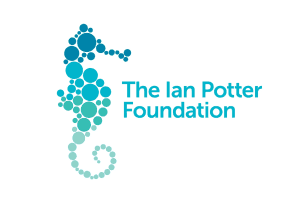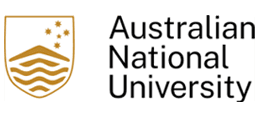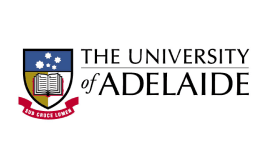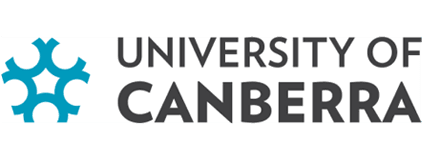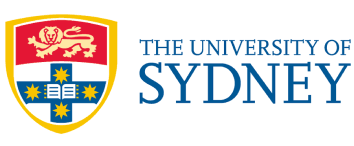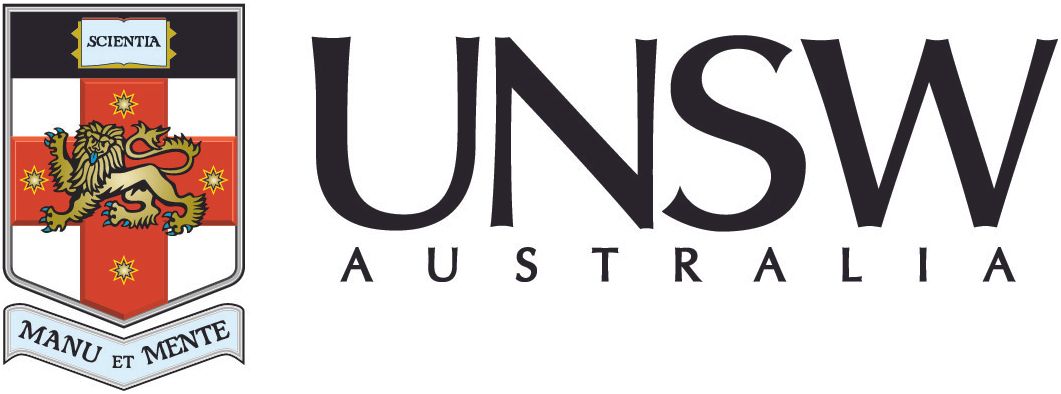Subscribe to our newsletters*

Acknowledgements
The Biodiversity Council acknowledges the First Peoples of the lands and waters of Australia, and pays respect to their Elders, past, present and future and expresses gratitude for long and ongoing custodianship of Country.
The Biodiversity Council is an independent expert group founded by 11 Australian universities to promote evidence-based solutions to Australia’s biodiversity crisis. It receives funding from 11 university partners and The Ian Potter Foundation, The Ross Trust, Trawalla Foundation, The Rendere Trust, Isaacson Davis Foundation, Coniston Charitable Trust and Angela Whitbread.
Newsletter subscriptions
*You can read our privacy notice to learn how we handle the personal information of people who subscribe to our newsletter.
Contact
Biodiversity Council
(c/o University of Melbourne)
Faculty of Science, SAFES (Building 122)
Victoria 3010 Australia
Media enquiries:
General enquiries:
Our partners

